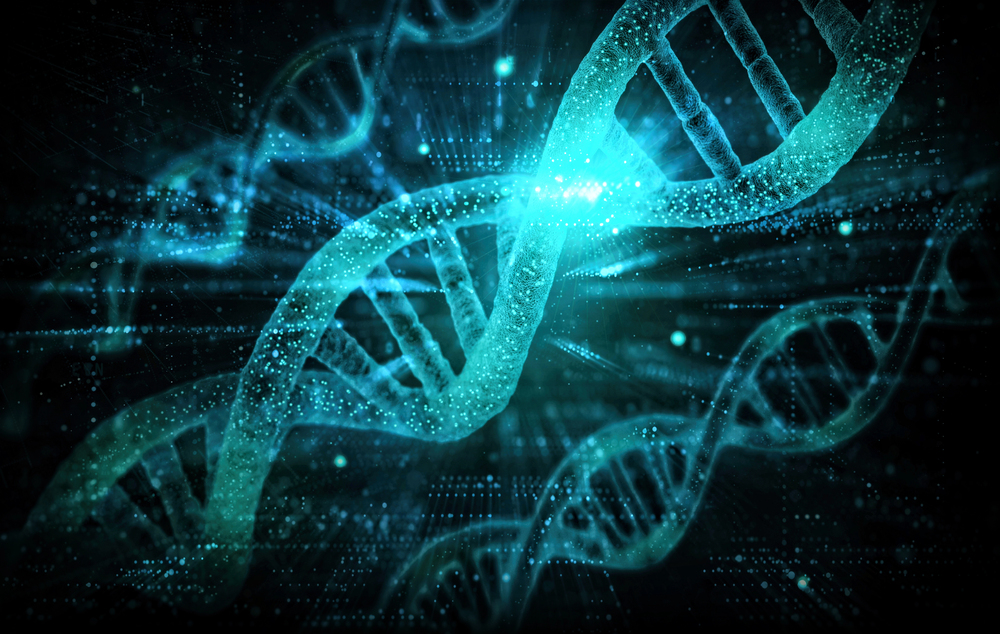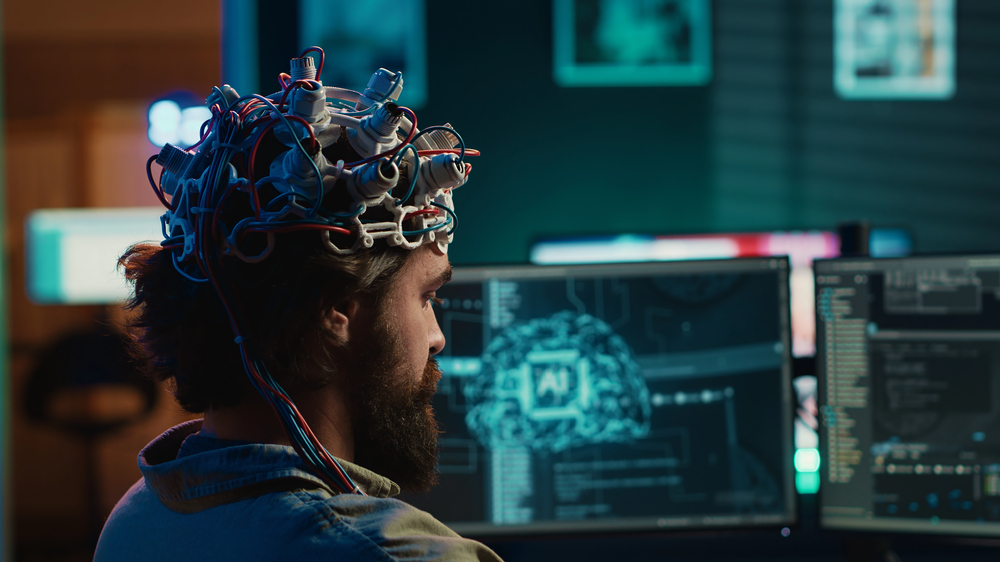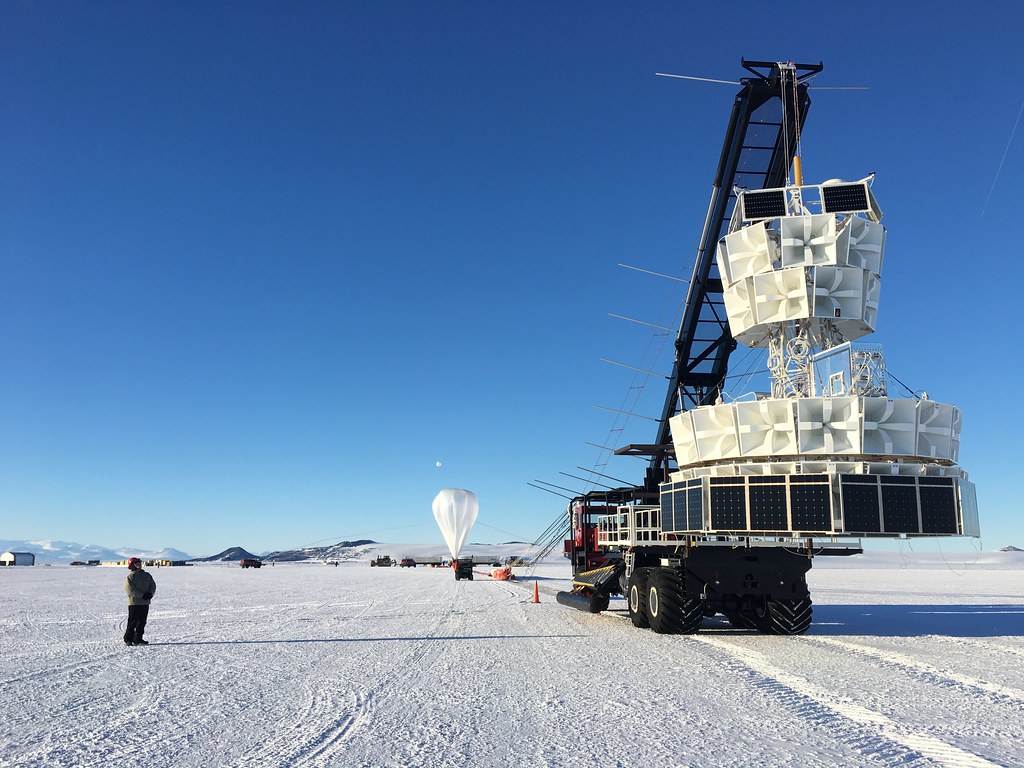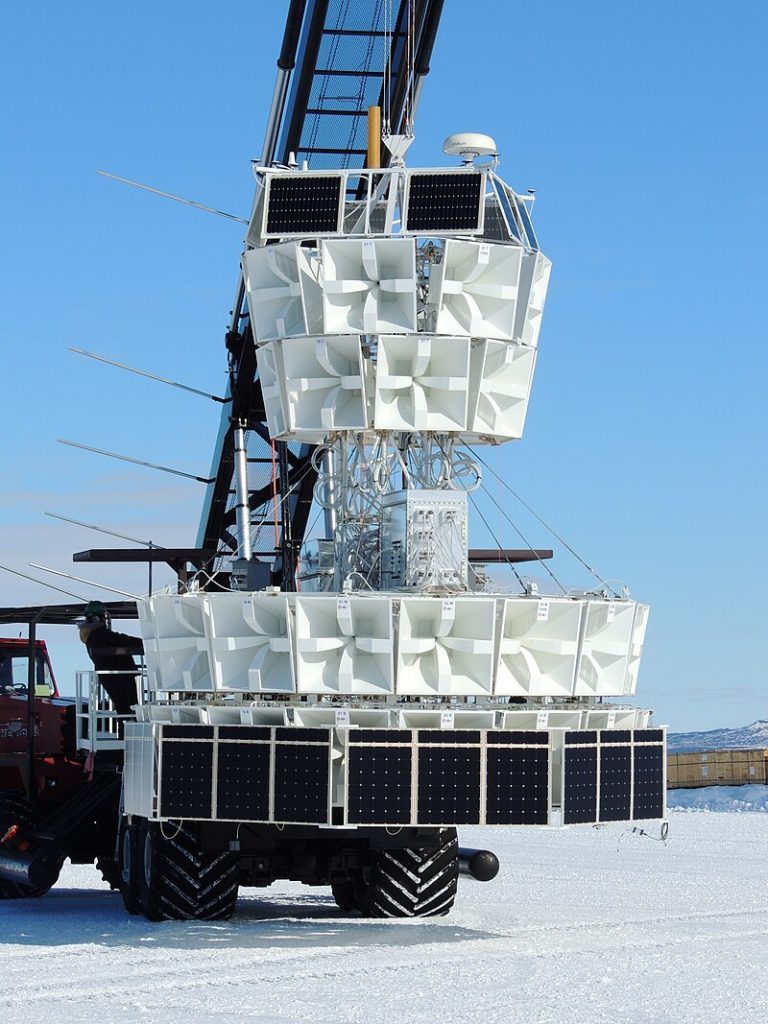
What if human history’s next giant step is not out in space but in our own brains? In 2025, a merging of neuroscience, artificial intelligence, and physics is expanding what we assumed reality was capable of. From complete audiovisual dream simulations to Pentagon-supported memory implants and confounding Antarctic signals that violate the principles of physics, science, mysticism, and the unexplained are blurring together in ways that are thrilling and unsettling.

1. Converting Dreams into Playable Memories
Dreams have been the inner cinema of the unconscious for centuries fleetingly, fantastical, and never quite reproducible. That is no longer true at such a lightning speed. Japanese researchers at Kyoto’s ATR Computational Neuroscience Laboratories already possess AI machines that can produce dream images as much as 70% accurate for certain details like faces or landscapes. The method integrates fMRI brain scanning with machine learning, educating the AI to map brain activity patterns onto visual features. Now, a 2025 preprint has revealed the next iteration: entire audiovisual stories retrieved from sleeping brains with lucid plotlines. “Dreams will become digital files,” says Athos Salomé, the “Living Nostradamus.” And when that happens, it will be no surprise that memories of previous existences will also emerge in the process.

2. Memory Implants Beyond This Life
The Pentagon’s Restoring Active Memory (RAM) program is already showing how implantable prosthetics of the brain can restore and even enhance memory. Early patients in the tests improved memory performance by up to 54%. These devices, designed for individuals with traumatic brain injuries, have the potential to create something more groundbreaking: access to experiences not of this life at all. Salomé believes “artificial memory will be the bridge between lives,” and she envisions the future as a future where consciousness archives are the full repositories in multiple reincarnations.

3. Neuralink and the Race to Map the Mind
Whereas Elon Musk’s Neuralink makes the headlines with a volunteer able to move a cursor through the power of thought, its long-term ambitions include recording and replaying human memories. Competing projects, such as the FDA-clearance secured by Blindsight, aim to restore vision by directly stimulating the visual cortex. But Salomé warns that Musk is “little more than the poster boy for a much larger, and more secretive, effort” by military and academic laboratories already mapping the mind with the degree of precision of DNA sequencing.

4. The Digital Archive of Consciousness
Salomé predicts that in five years, it will be feasible for an economic and scientific elite to regain portions of past lives, constructing what he terms a “digital archive of consciousness.” This vision falls within philosophical debates on digital immortality the idea that our internal worlds could be preserved, scrubbed, and even transmitted many years after physical death. For the moment, such abilities would be reserve, but experience teaches us that once technology is available, it will inevitably trickle into mainstream society.

5. Schizophrenia as a Window Between Realities?
In a radical turn of events, Salomé suggests that some psychiatric conditions could be mistaken expressions of multi-reality perception. He views schizophrenia as perhaps “a man caught between two realities,” likening it to a mind tossing two screens at once one from this life, the other from somewhere else entirely. While mainstream psychiatry is dubious, the idea resonates with ancient mystical traditions that describe the soul carrying records of past lives.

6. Signals Beneath the Antarctic Ice
As the brain is being decoded by neuroscience, physics is being forced to face its own secrets. NASA’s Antarctic Impulsive Transient Antenna (ANITA) detected radio pulses far beneath the Earth’s surface signs that, according to the Standard Model of particle physics, cannot be. The pulses appeared to travel through a thousand miles of ice and rock without being damped. Some scientists refer to technical glitches, but others see glimmerings of new particles or mirror worlds.

7. The PUEO Mission and the Age of New Physics
In December, a balloon called PUEO three times as sensitive as ANITA will fly over Antarctica. If it detects the same steep-angle signals, it could confirm a breakdown in the current laws of physics. Salomé simplifies it: “In simple terms, this would open up the possibility of a mirror universe, where time runs in the opposite direction.” A confirmation would result in a rush for applications that could transform not just science, but the balance of global power.

8. The Blurring of Mysticism and Science
From deciphering dreams to memory implants and Antarctic oddities, these innovations are blurring the ancient divide between the measurable and the mystical. Salomé calls it convergence”—the moment when mysticism’s claims of other lives meet neuroscience’s ability to recognize them as electrical signals. Whether such advances will lead to greater self-understanding or troublesome ethical dilemmas will rest on how and by whom this technology is used.

In this unwinding photograph, the quest for consciousness is no longer mystical or philosophical it’s rapidly becoming a lab science, one which could soon allow man not just to gaze into other realities, but enter them.


